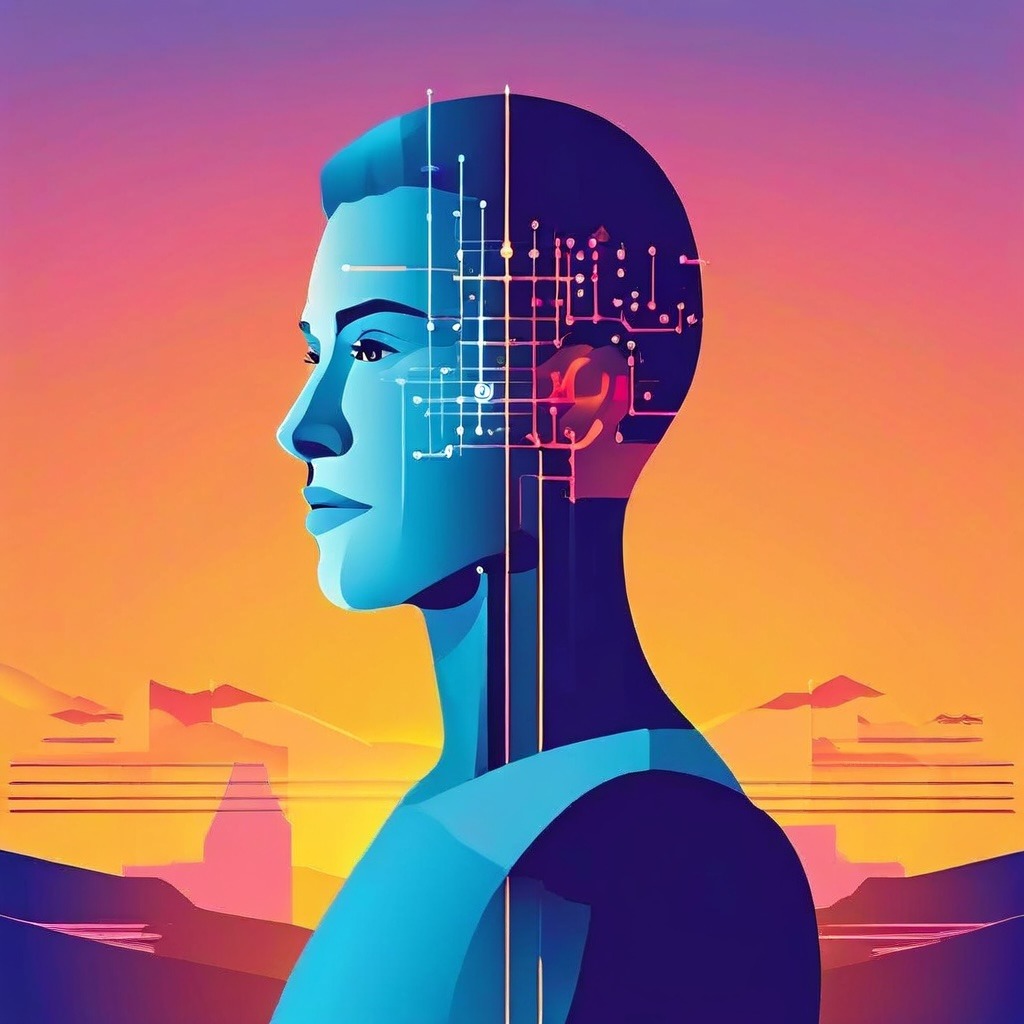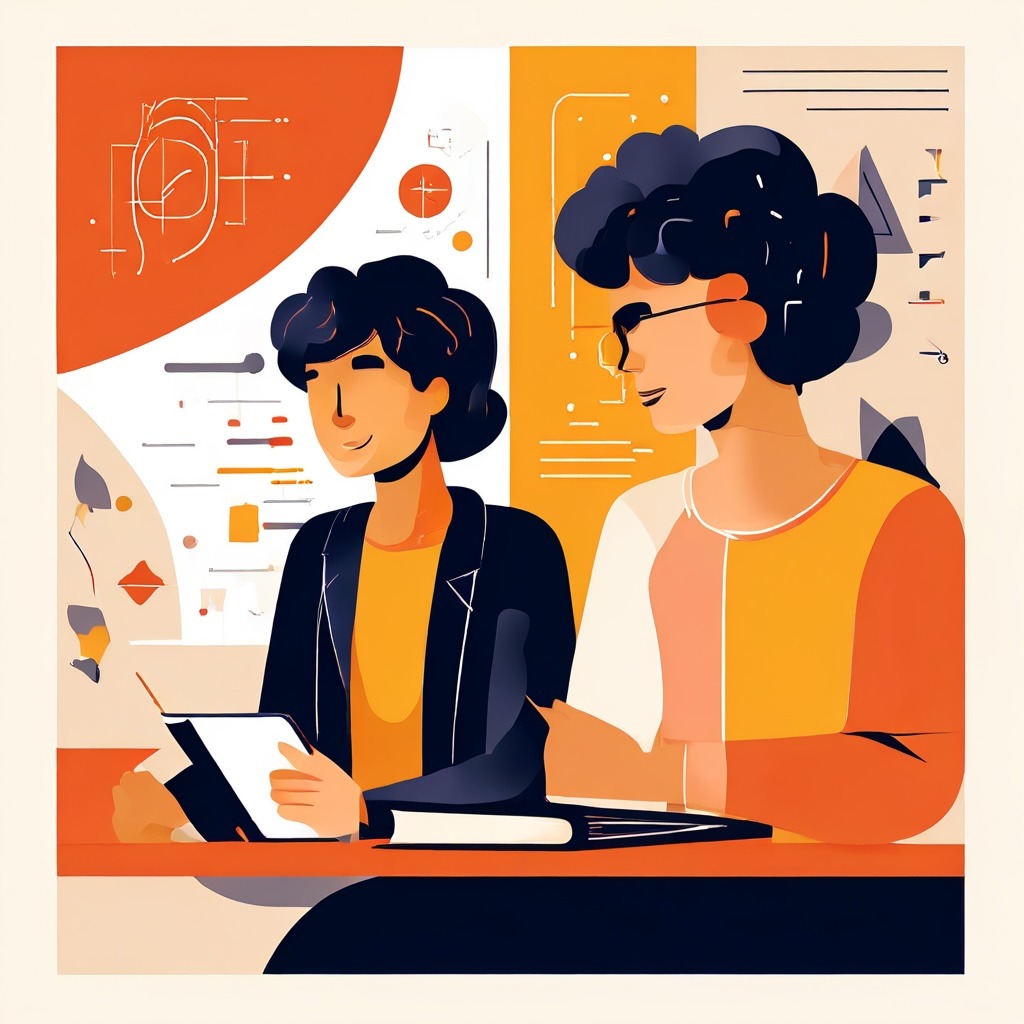Section 1: The Rise of AI in Writing
Artificial Intelligence (AI) has been making significant strides in various industries, and the world of writing is no exception. From automated content creation to grammar and spelling checks, AI is revolutionizing the way we approach writing. With its ability to analyze vast amounts of data and learn from it, AI has the potential to enhance the writing process and make it more efficient. However, with this advancement comes the concern of security. As AI becomes more integrated into our writing processes, it is crucial to address the potential security risks and ensure that the future of writing is secure.
One of the most significant benefits of AI in writing is its ability to generate content. With Natural Language Generation (NLG) technology, AI can produce human-like text, saving writers time and effort. This technology has been used by companies to create product descriptions, news articles, and even social media posts. However, the use of AI in content creation raises concerns about copyright infringement. With AI being able to produce content at a rapid pace, it becomes challenging to verify the originality of the text. This issue calls for the development of robust security measures to protect the intellectual property of writers and prevent plagiarism.
Section 2: The Threat of AI-Powered Cyberattacks
As AI becomes more sophisticated, it also becomes a tool for cybercriminals to carry out attacks. With its ability to analyze data and patterns, AI can identify vulnerabilities in a system and exploit them. This poses a significant threat to the security of writing platforms, especially those that store sensitive information. For instance, if a hacker gains access to an AI-powered writing platform, they can manipulate the algorithms to produce malicious content or steal user data.
Moreover, AI can also be used to create convincing phishing emails and social engineering attacks. With its ability to mimic human writing, AI-generated messages can trick users into clicking on malicious links or providing personal information. These attacks can be challenging to detect, making it crucial for writing platforms to implement robust security measures to protect their users.
Section 3: Securing the Future of Writing with AI
As AI continues to evolve, it is essential to incorporate security measures into its development to ensure the future of writing is secure. One way to achieve this is by implementing AI-powered security systems. These systems use AI to analyze data and detect potential threats, allowing for a quicker response to attacks. They can also learn from previous attacks and adapt to new ones, making them more effective in preventing cyber attacks.
Another approach to securing the future of writing with AI is through ethical guidelines and regulations. As AI becomes more integrated into writing processes, it is crucial to establish guidelines and regulations that govern its use. This includes guidelines on data privacy, intellectual property, and ethical use of AI. By setting these standards, we can ensure that AI is used responsibly and ethically, reducing the risk of security breaches.
Furthermore, it is essential to educate writers and users about the potential security risks associated with AI. Many people are not aware of the potential threats posed by AI-powered cyber attacks, making them more vulnerable to such attacks. By educating them about these risks, they can take necessary precautions and be more vigilant while using AI-powered writing platforms.
Conclusion
The future of writing with AI holds great potential for enhancing the writing process and making it more efficient. However, it is crucial to address the security concerns associated with its use. From copyright infringement to cyber attacks, AI poses various threats to the security of writing platforms and its users. Therefore, it is essential to implement robust security measures, establish ethical guidelines and regulations, and educate users about the potential risks. By securing the future of writing with AI, we can harness its potential and continue to innovate in the world of writing.





